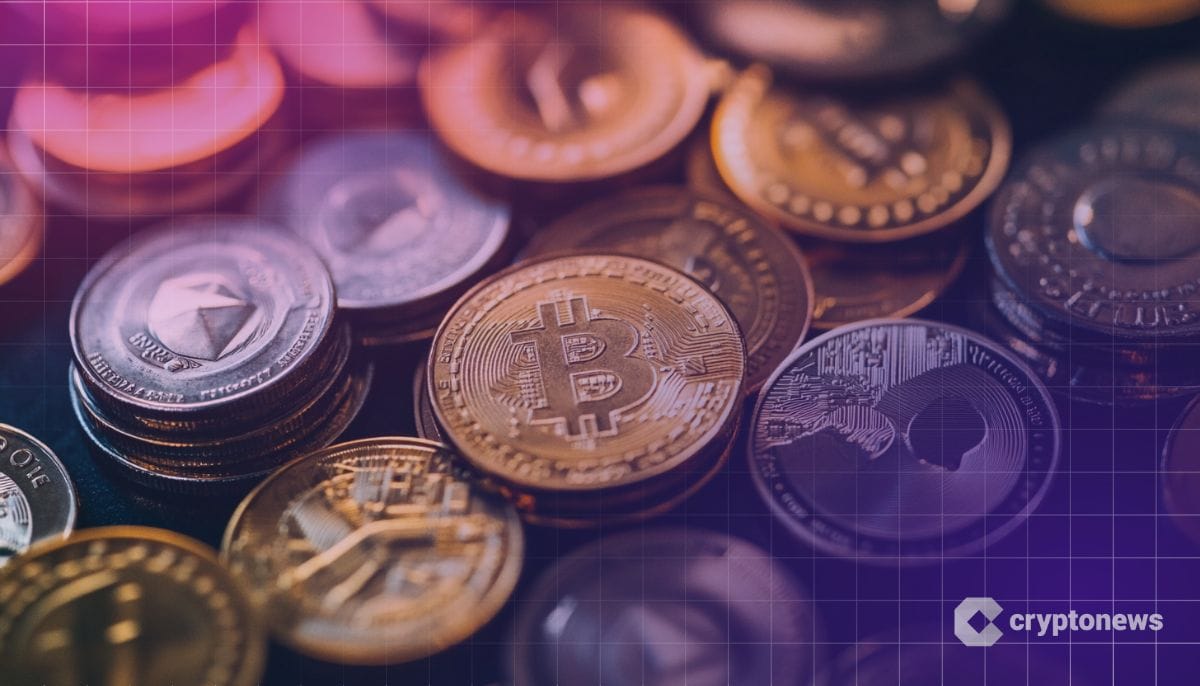Last updated:
 Why Trust Cryptonews
Why Trust Cryptonews

Stablecoin leader Tether again made headlines with a massive $5B mint, injecting a large amount of USDT into the cryptocurrency market over 72 hours.
This move stirred excitement among crypto enthusiasts and raised questions in financial circles, especially given Tether’s pivotal role in market liquidity.
Tether Mint Another $5B USDT: What’s Going On?
Blockchain analytics firm SpotOnChain revealed the timeline of Tether’s recent issuances.
On November 6, Tether minted $1 billion, coinciding with Bitcoin reaching a record high of $76,200. Two additional issuances of $2 billion each on November 9 and 10 propelled Bitcoin past the $80,000 mark.
These activities pushed Tether’s market cap from $124 billion to $132 billion.
Tether’s 24-hour trading volume surged to nearly $289 billion. Historical trends suggest that increased USDT circulation often leads to bullish movements in major cryptocurrencies.
As Bitcoin approaches the $100,000 milestone, market participants have clearly connected Tether’s activity and broader price action.
Stablecoin volume is often used as an indicator of market sentiment. High volumes of newly minted stablecoins are bullish for the crypto market, while low volumes typically signal bearish trends.
Tether’s USDT is both a fiat on-ramp for buying crypto and an off-ramp for cashing out, making its supply critical to trading activity.
Amid the market momentum, Tether’s CEO, Paolo Ardoino, hinted at ambitious plans for the company.
“In 2025, Tether will need to reach hyper-productivity to accomplish our grand vision,” Ardoino remarked.
The developments also spotlight Howard Lutnick, CEO of Cantor Fitzgerald and a nominee for U.S. Secretary of Commerce under Donald Trump.
Lutnick has publicly defended Tether’s financial stability, but his claims have faced skepticism due to the lack of transparent evidence regarding Tether’s reserves.
Cantor Fitzgerald has emerged as a crucial banking partner for Tether, a notable shift as many global banks distance themselves from the stablecoin issuer.
The Wall Street Journal recently reported that Cantor Fitzgerald holds a 5% stake in Tether, valued at approximately $600 million.
As Tether’s influence grows, so does regulatory scrutiny. While its minting spree has boosted market sentiment, it has also reignited concerns about transparency and reserve backing.
Justin Bons Takes a Swipe at Tether: Scandal or Misunderstood Giant?
Justin Bons, founder of Cyber Capital, is critical of Tether, comparing it to other major scandals in the crypto space.
“Tether’s insistence on avoiding detailed transparency creates unnecessary mistrust,” he argued.
Opinions are divided on Tether’s practices and Lutnick’s involvement.
Conversely, some industry leaders see Tether’s periodic reports from auditors like BDO Italia as sufficient proof of reserves.
“Tether has proven itself with time and provided credible third-party audits,” Ivo Georgiev of Ambire stated.
Tether’s dominance in the stablecoin ecosystem, accounting for over 75% of the market, shows its critical role in crypto liquidity.
However, as regulatory scrutiny intensifies, the company faces mounting pressure to enhance transparency and address governance concerns.




